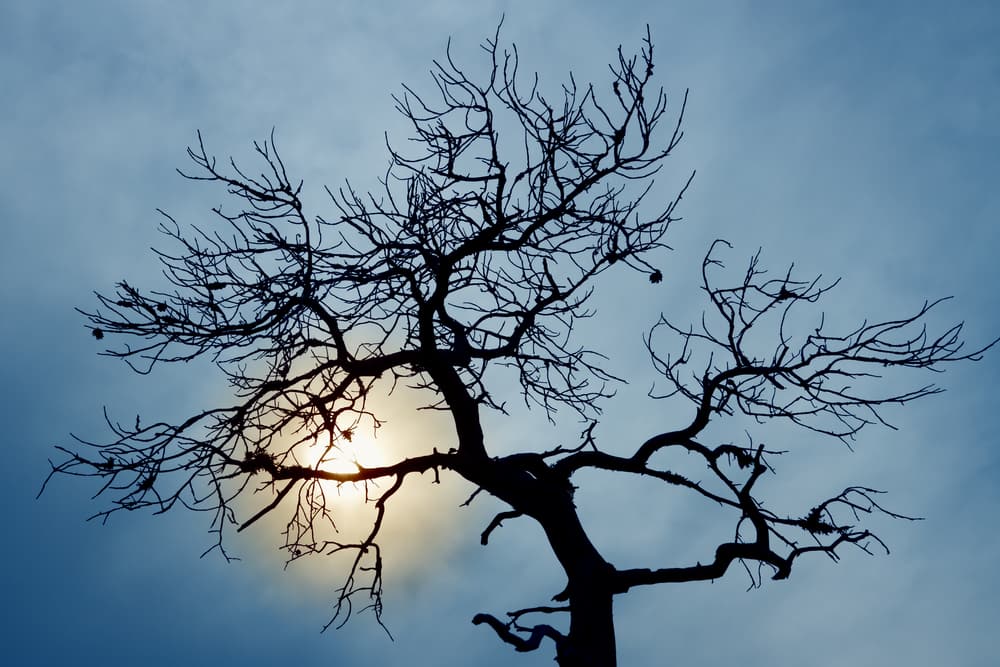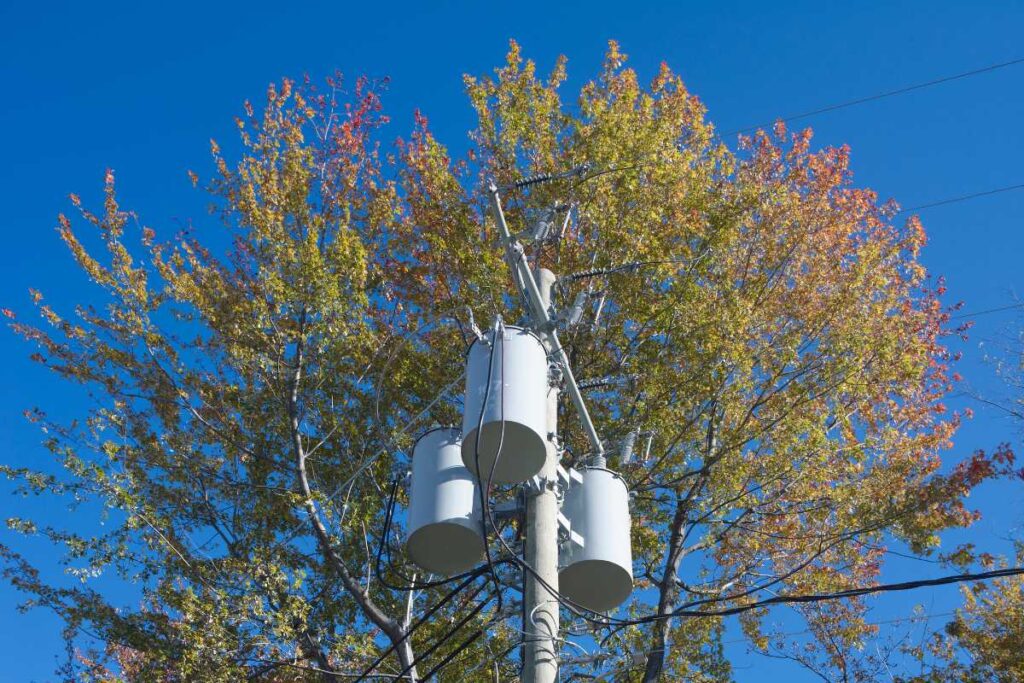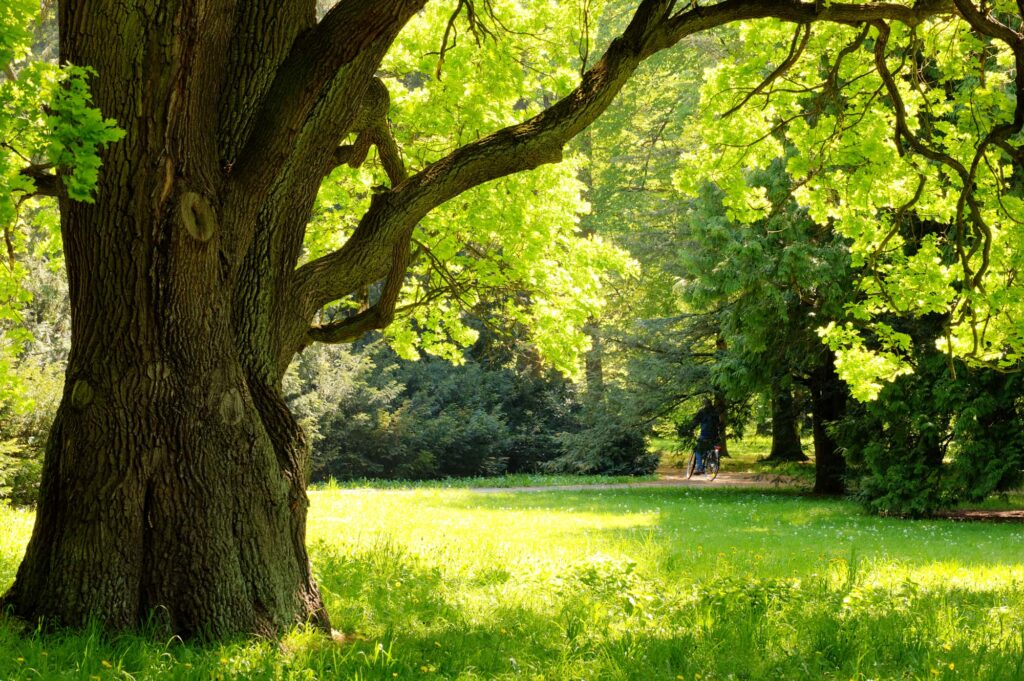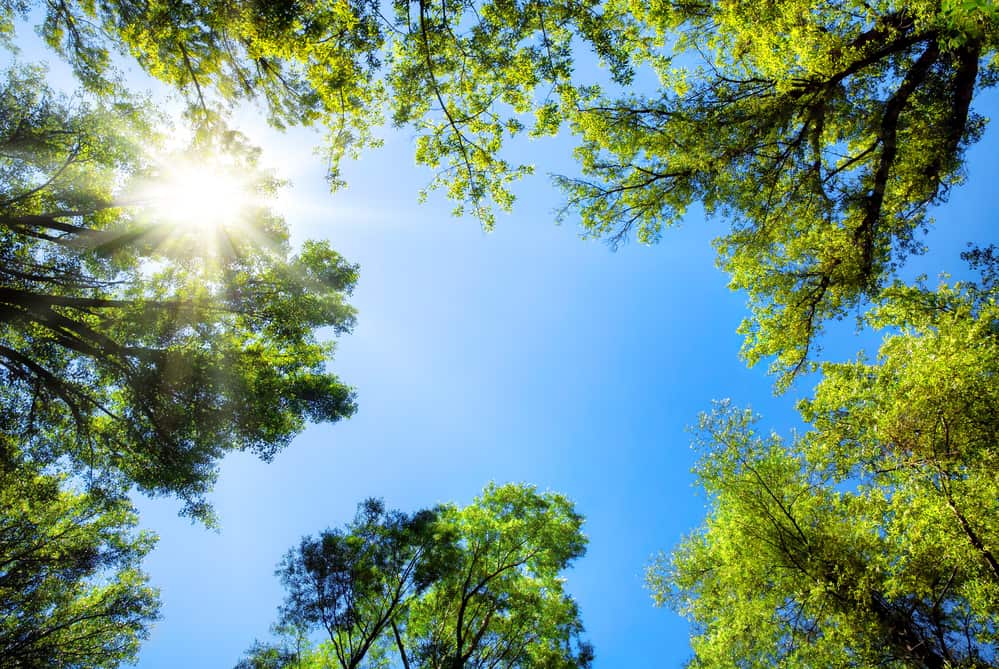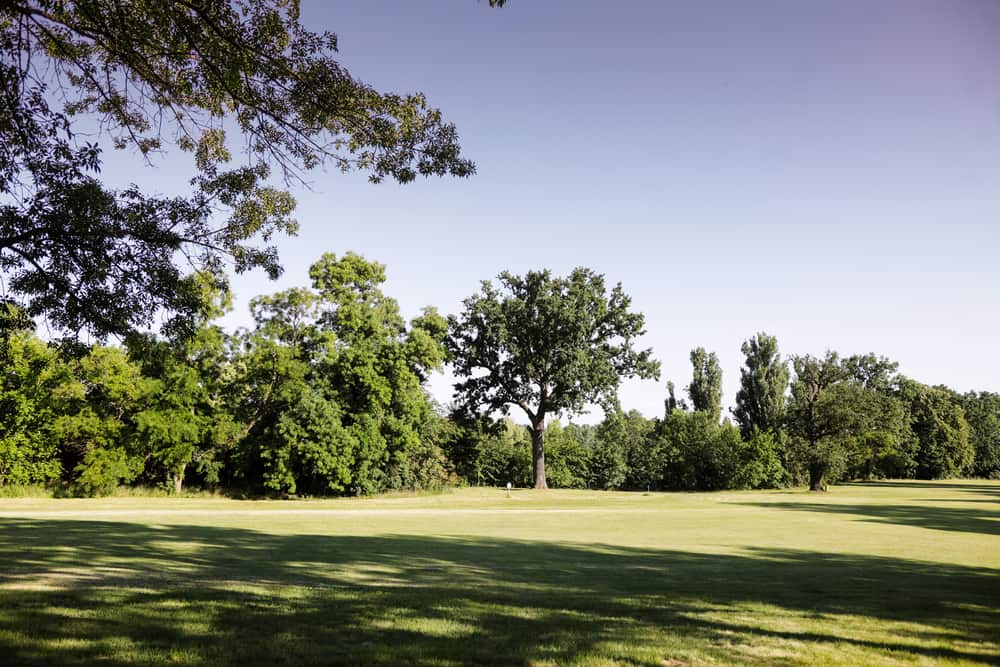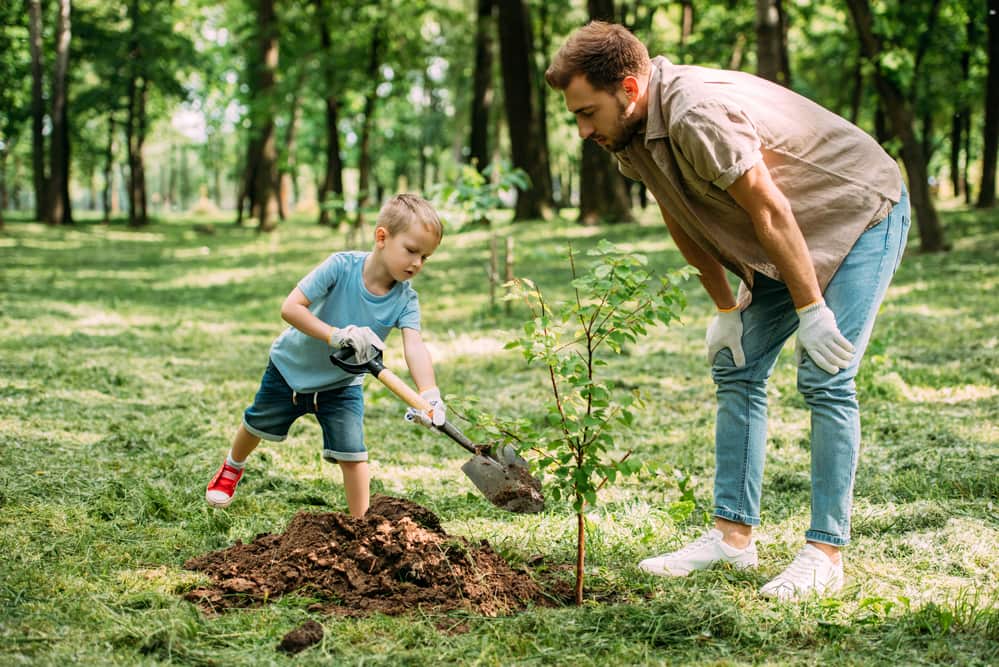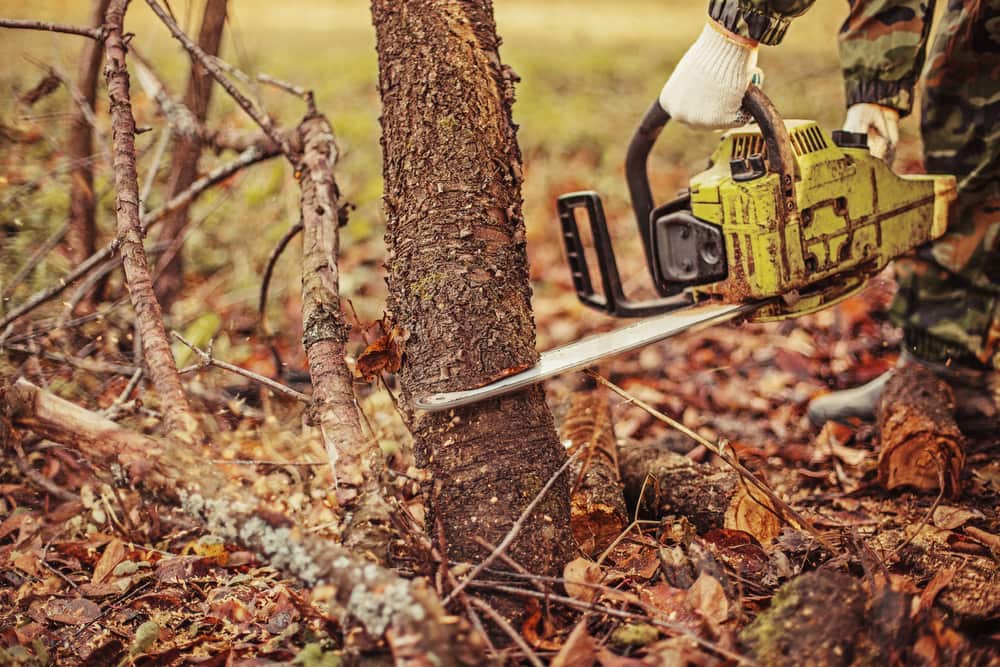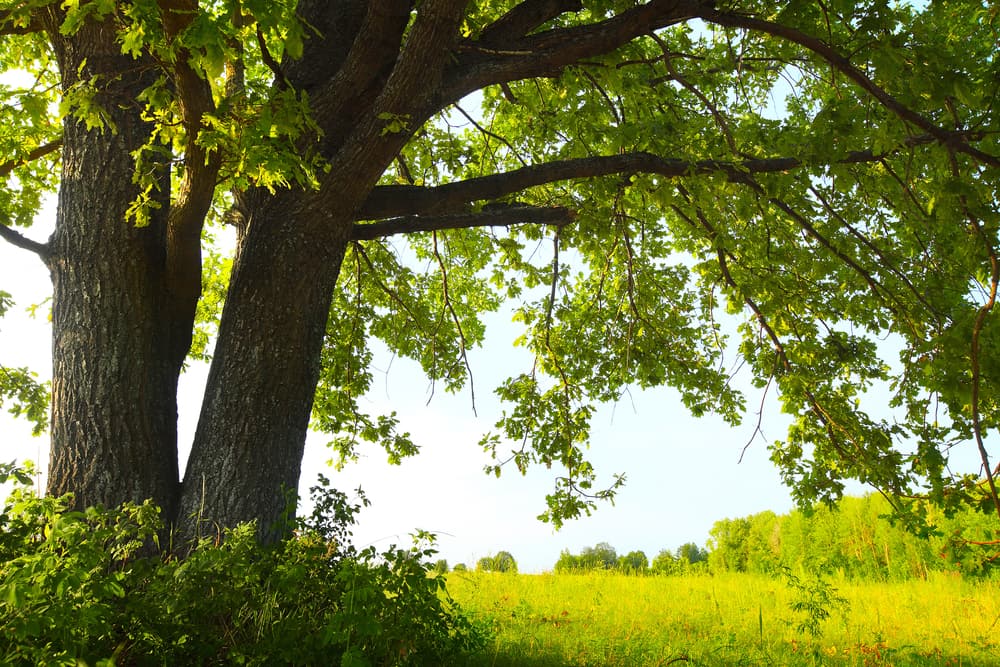
Arborists in Vancouver, BC, Canada offer information about common tree diseases
Tree Diseases to Look Out For
Many homeowners know that proper tree health is important, but not all homeowners understand the extent to which this is the case. Failure to carry out proper tree care and monitor plant health care can be detrimental considering the number of tree diseases out there that can wreak havoc on homeowners’ trees.
There are a number of different diseases that can affect all different parts of the trees, including the leaves, the stems, and the roots. These include fungal diseases, pine needle diseases (such as pine decline), and a number of other diseases that can result in wilting, rotting, and other nasty consequences. Homeowners should be sure to understand the main causes of the most common tree diseases and take action accordingly.
Main Causes of Tree Diseases
Tree diseases can result due to a number of different factors. One of the most common causes of tree diseases is drought. When trees do not get enough water, their overall health begins to deteriorate. As this happens, the tree gets more exposed to things like external pathogens. Overcrowding is another major cause of tree diseases.
Two areas where homeowners should be on the lookout for to help monitor tree health care are the stems and the roots. If there is damage to the stems, then this exposes the trees to infection. Root damage does the same, offering a ripe opportunity for pathogens to infect the trees. This also can impede water absorption, which can contribute to drought in trees and further expose the trees to diseases.
There are a number of other tree diseases, but these are some of the most common. Homeowners must take immediate action and consult a tree service company if they suspect their trees are diseased.
Tree Types that are Affected
Nearly any and all trees can be prone to disease at any point in time. As such, it is on homeowners to ensure that their trees are getting the care they need. Oak and pine trees are particularly susceptible to disease in Canada, so owners of those types of trees should be on the lookout even more so.
Key Times to Look Out for These Diseases
One of the best times to keep the eyes peeled for diseases is during the early spring, as this is when the symptoms usually occur if there is some sort of disease. The trees are coming out of a cold winter and as they grow and take on more foliage, it will become easier to spot the signs of potential diseases.
Some of the most common signs of tree disease include things like decaying, wilting, mildew, spotting, rusting, large cankers, and more. If these show up out of the blue or if homeowners notice any other unusual signs, they must take action.
Take Action if you Notice the Signs
If homeowners notice any of the signs listed previously, then they should call for professionals to conduct a tree risk assessment. From there, these arborists can decide the best plan of action. Tree removal may be required if the disease has progressed significantly, but it may also jut be a minor disease that can resolve itself in time.
Even if homeowners just need help with the basics like tree pruning or tree trimming, they should call professionals to make sure that the job is done right!
About VI Tree Service
VI Tree Service of Vancouver, BC, Canada believes in providing environmentally responsible tree services and has been doing so since 1990. With 50 years of combined experience, their team of skilled arborists offers free estimates, honest pricing, efficient solutions, and responsible safety measures for all their clients. Call them for tree help today!

